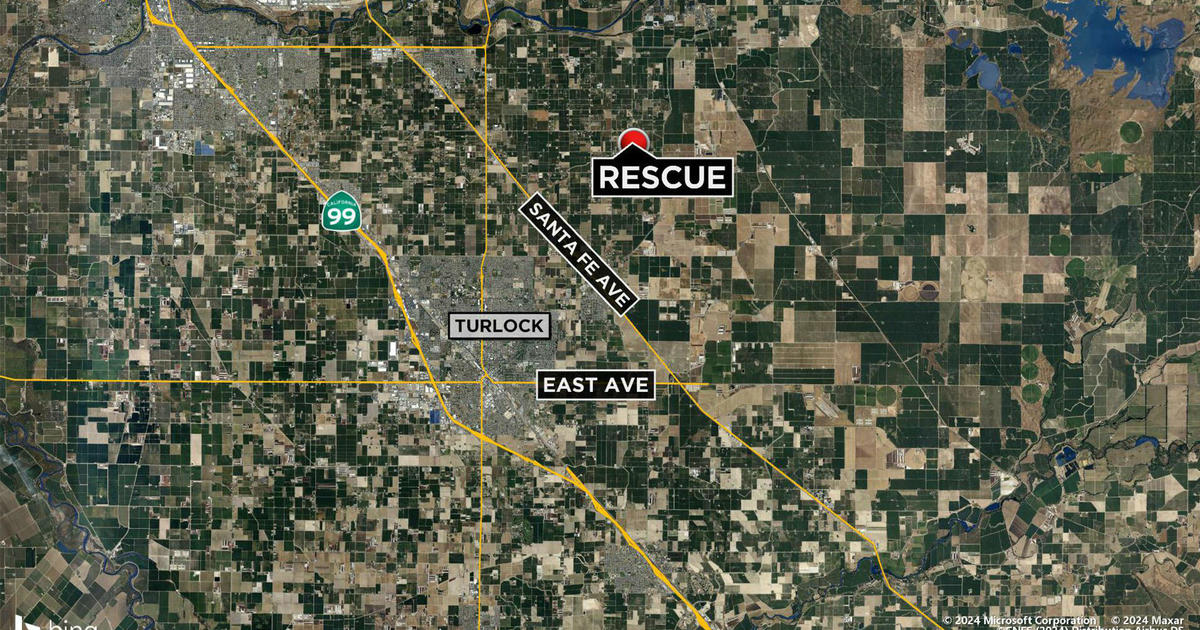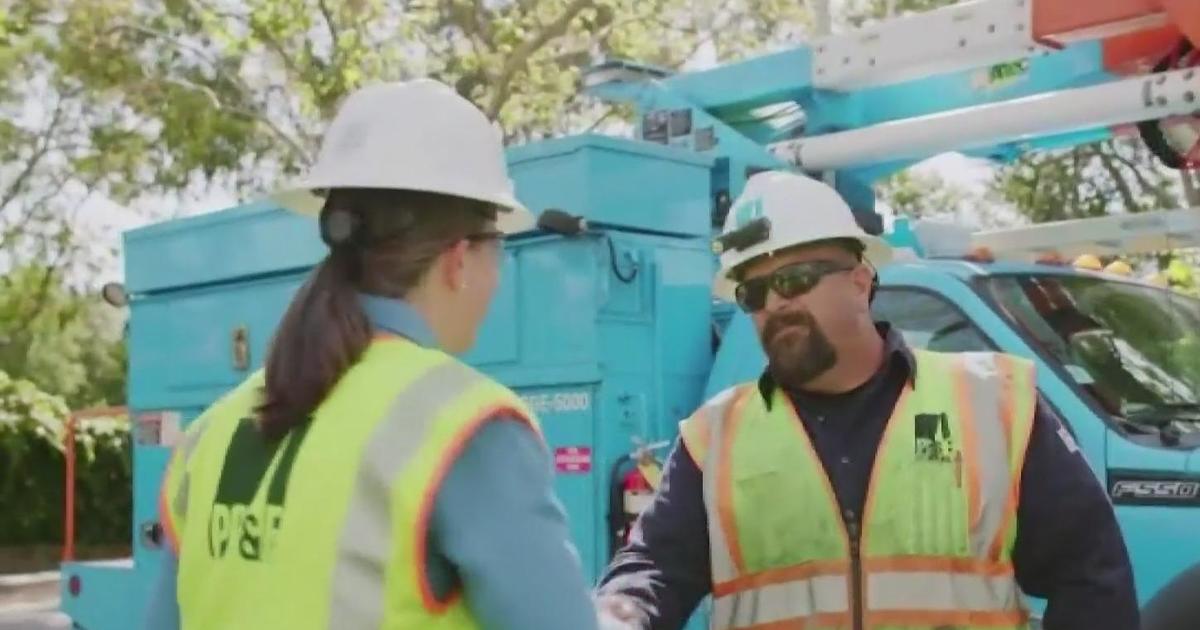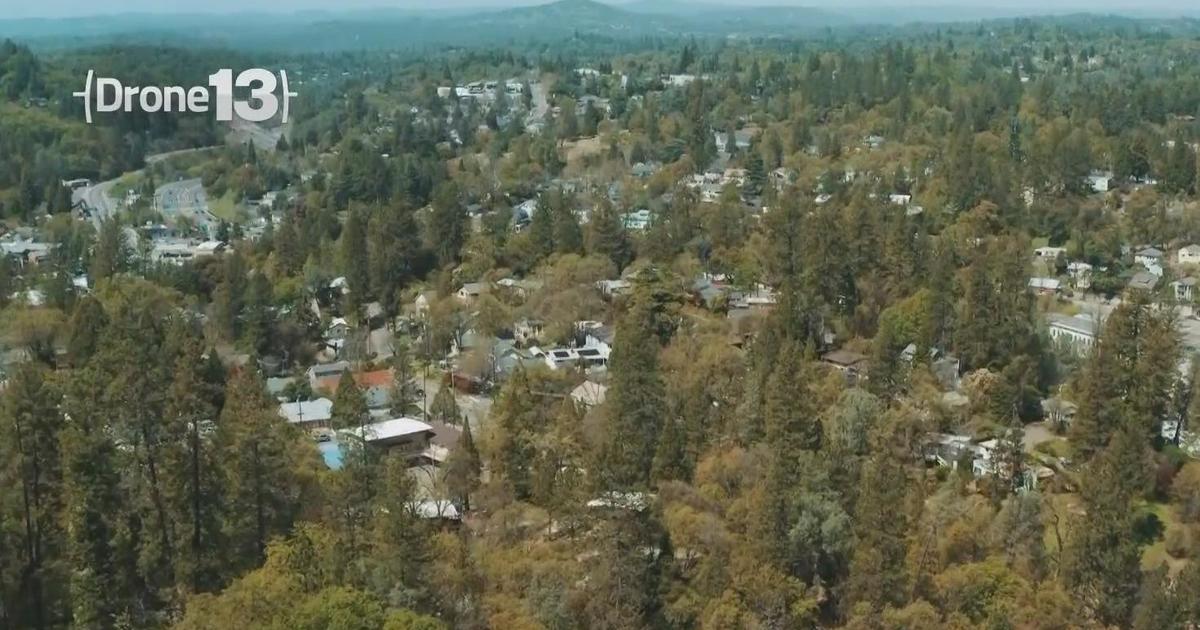Utility Regulator Considering Public Takeover Of PG&E Amid Growing Protests
SACRAMENTO (CBS13) — Protesters stood before the state's utility regulator in a meeting Thursday, reading off the names of the 86 people killed in the Camp Fire. The flames leveled the town of Paradise in a matter of hours and investigators are still looking into whether it was due to another faulty PG&E transmission line.
The damages added to the utility giant's multi-billion dollar debt, prompting its second bankruptcy filing since 2001, and forcing a critical choice for the state.
"We have the opportunity to radically restructure what our electric system looks like," said a PG&E critic at the podium.
The newly formed "No PG&E Bailout Coalition" is proposing the CPUC take the private, investor-owned, utility into public ownership.
It's a system that advocates say would pay the fire victims instead of Wall Street banks.
"Currently what we're doing is hitting recycle on corporate money coming in - government entities looking the other way," said Peter Woiwode, founder of the "No PG&E Bailout Coalition."
"Yes, everything's on the table," said Edward Randolph, Deputy Executive Director of the CPUC.
So what would the transition look like?
"That's why we need to have the proceeding to answer those questions. Obviously, we have examples of what the end game would look like here in Sacramento we have SMUD. You have LADWP," Randolph said.
He says the state must also consider the potential liability.
A public utility may offer more community control over rates.
But in a disaster, it could mean ratepayers-not shareholders, would be stuck paying for a power company's mistakes.
"It's the only way that we can get out of this cycle of corporate America," Woiwode said.
Whatever the decision on how to restructure, commissioners don't expect any changes for another two to three years.



